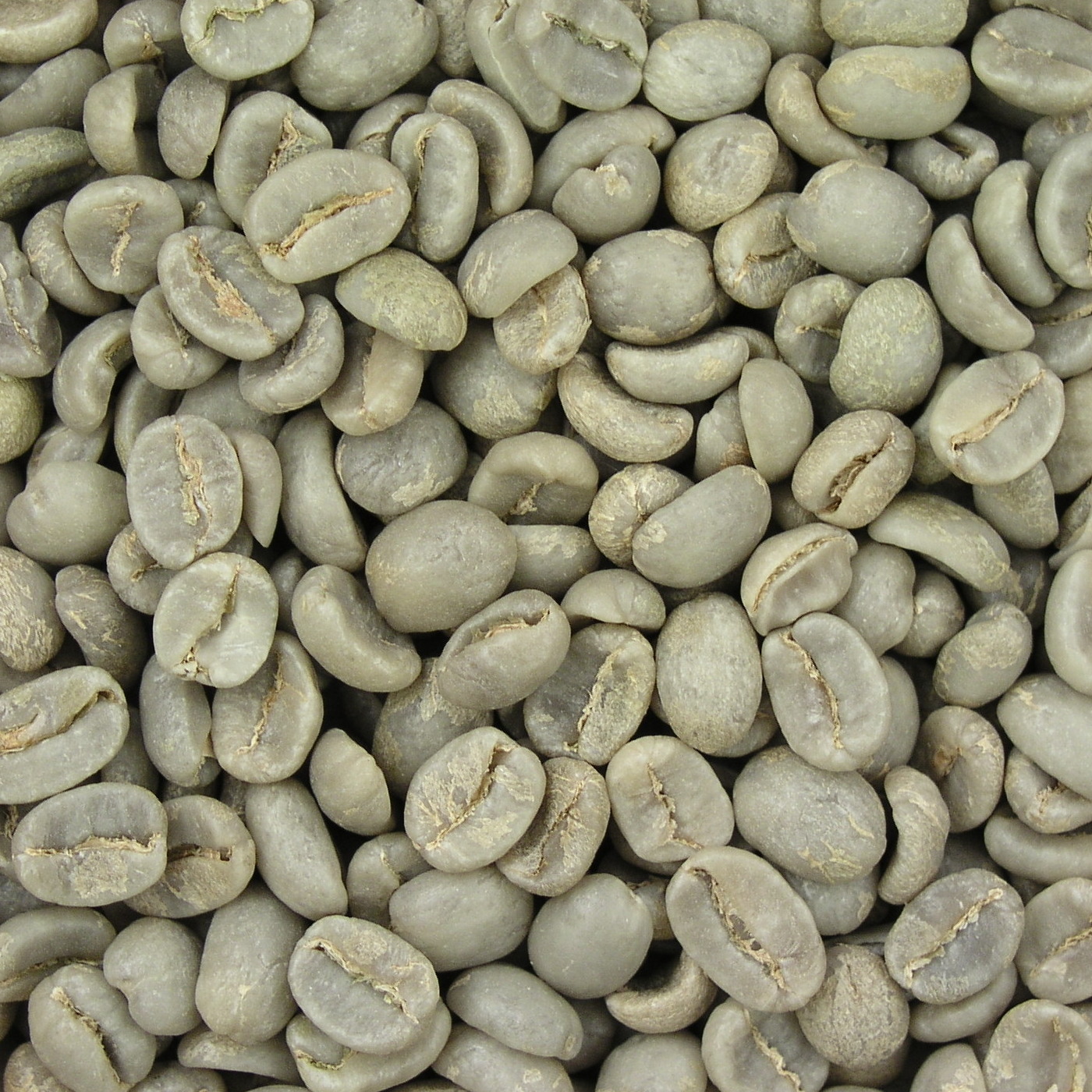Decaf java has become a new popular choice amongst coffee drinkers who want to enjoy their favorite drink with no effects associated with caffeine. Decaf espresso beans undergo a process to remove most of the caffeine content while sustaining the rich tastes and aromas that will coffee lovers enjoy. With the rise throughout demand for decaf coffee, more interest is being offered to different methods used to decaffeinate coffee beans plus whether these techniques impact the taste plus quality of the final product. Knowing the truth powering decaf coffee espresso beans will help consumers create informed decisions whenever choosing their following cup of espresso.
History of Decaf Coffee


Typically the discovery of decaf coffee is usually a certain amount to a person named Ludwig Roselius, a German vendor. Legend has it that in the early 20th century, some sort of shipment of java beans became over loaded in seawater in the course of transport, which accidentally removed most of the caffeine. This prompted Roselius in order to experiment further, top to the enhancement of the very first commercial viable decaffeination procedure.
Decaf coffee gained reputation in the United States during the mid-20th century, specifically in the era regarding World War II when java rationing led buyers to get alternatives. The demand for decaf coffee grew progressively, prompting more advancement in the decaffeination methods and typically the introduction of fresh blends to serve to varying likes.
Over the years, the method of decaf feinating coffee beans has advanced, incorporating various methods like solvent-based approaches, water processing, and even CO2 extraction. Right now, decaf coffee remains to be a well-liked option for these looking to benefit from the taste of espresso without the exciting effects of caffeine.
Decaf Java Processing Methods
Decaf coffee beans undergo several methods to take out caffeine content. One particular common method is usually the Swiss Water Process, where beans are soaked inside water to dissolve caffeine, then filtered through activated grilling with charcoal to get rid of the caffeine-laden solution.
Another prevalent method is the Co2 Dioxide Process, which involves using liquid carbon to extract the caffeine from the beans. The beans are immersed within a high-pressure CARBON environment, allowing the caffeine to reduce while leaving the flavors intact.
Lastly, the particular Solvent-based Process entails using chemical solvents like ethyl acetate or methylene chloride to decaffeinate the particular beans. The solvent is placed on the beans to get the caffeine, next evaporated off, making behind decaffeinated coffees.
Health advantages of Decaf Java
Decaf coffee can offer various health benefits. It contains anti-oxidants that help shield cells from damage and reduce infection within the body. Some studies claim that decaf java may lower the particular risk of certain diseases such because diabetes mellitus type 2 and Alzheimer's.
Additionally, decaf coffee is definitely less prone to trigger digestive issues in contrast to regular coffee, making it a gentler option regarding those with delicate stomachs. It likewise contains some nutrition like potassium and magnesium, which will be beneficial for all around health and well-being.
Moderate usage of decaf coffee has become linked to the reduced risk of particular types of malignancy, including liver in addition to colorectal cancer. The particular caffeine content found in regular coffee will surely have negative effects on some people, so deciding for decaf may be a much healthier choice without compromising the potential health improvements of coffee intake.
